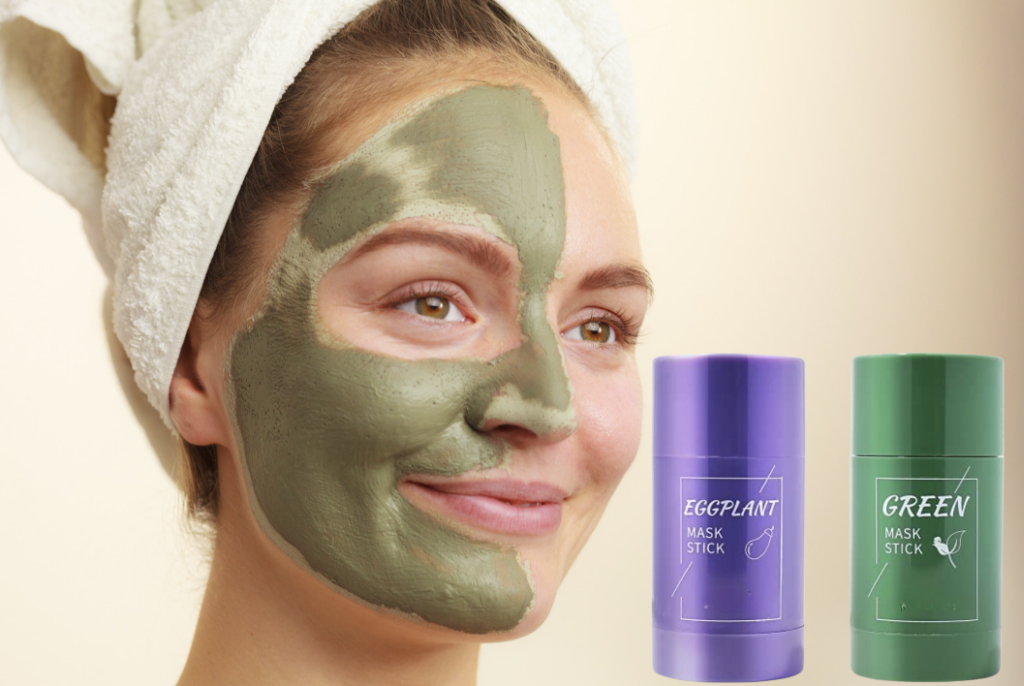Skin Care
How To Use Clay Mask Stick
Clay masks have been a popular skincare trend for years, and with good reason. They are well-known for their ability to purify the skin, unclog pores, and leave it feeling revitalized and invigorated. However, using a clay mask can be messy and time-consuming. This is where the clay mask stick comes in.
In this article, we will talk about the different clay mask types, their benefits, and what’s suitable for your skin, and of course, how to apply it on your skin to reap its benefits.
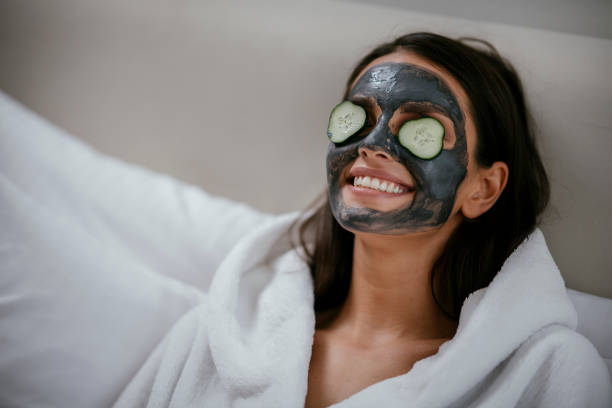
Understanding Clay Masks
If you’re new to utilizing clay masks, you should first grasp what they are and how they operate. In this section, we’ll go over the fundamentals of clay masks, including the many types of clay and their advantages, as well as how to determine your skin type.
Types of Clay and Their Benefits
Clay masks are manufactured from a variety of clays, each with its own distinct qualities and benefits. Clay masks are commonly made from the following sorts of clay:
- Kaolin clay: This is a soft clay that is suitable for all skin types, particularly sensitive skin. It soothes and calms the skin while simultaneously absorbing excess oil and pollutants.
- Bentonite clay: This potent clay is ideal for oily and acne-prone skin. It draws impurities and toxins from the skin, unclogs pores, and reduces irritation.
- Green clay: This is an excellent multi-purpose clay that is safe for all skin types. It detoxifies and purifies the skin while also increasing circulation and reducing irritation.
- Red clay: This soft clay is ideal for dry and sensitive skin. It soothes and hydrates the skin while also increasing suppleness and minimizing the appearance of fine lines and wrinkles.
- White clay: This soft clay is suitable for all skin types. It helps to detoxify and purify the skin, as well as soothe and calm it.
- Yellow clay: This soft clay is ideal for sensitive and acne-prone skin. It helps to detoxify and purify the skin, while also reducing irritation and redness.

Identifying Your Skin Type
Before applying a clay mask, you should first determine your skin type. This will assist you in selecting the appropriate clay mask for your skin type.
- Oily skin: If you have oily skin, search for a clay mask with bentonite clay. This type of clay is effective at absorbing excess oil and unclogging pores.
- Dry skin: If you have dry skin, search for a clay mask made from red or white clay. These varieties of clay are excellent at moisturizing and calming the skin.
- Sensitive skin: If you have sensitive skin, seek for a clay mask with kaolin clay. This sort of clay is mild and will not bother your skin.
- Sensitive skin: If you have acne-prone skin, seek for a clay mask with bentonite clay. This type of clay is effective at unclogging pores and decreasing irritation.
Understanding the many varieties of clay and their benefits, as well as how to identify your skin type, can help you select the best clay mask for your skin.
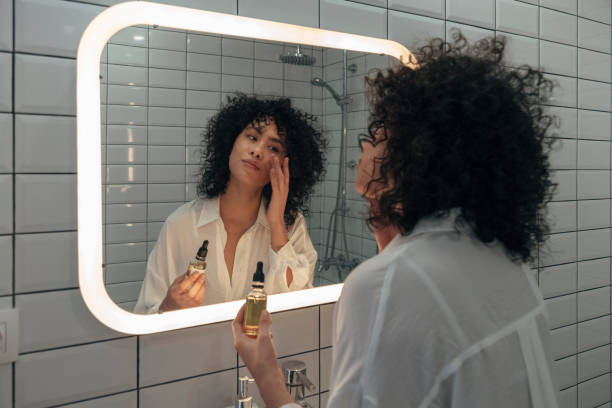
Preparation and Application
Preparing Your Skin
Before applying the clay mask stick, make sure your skin is thoroughly cleansed. This will ensure that the mask can effectively infiltrate your pores and eliminate any impurities.
- Use a gentle cleanser to remove any dirt, oil, or makeup off your face.
- After cleansing, use lukewarm water to help open your pores.
- Next, make sure your skin is adequately moisturized before applying the mask. This helps the mask adhere to your skin and keeps it from drying out too rapidly.
- We recommend that you apply a mild moisturizer to your face before applying the clay mask stick.
Applying the Clay Mask Stick Properly
To use the clay mask stick, twist the bottom of the stick to push the substance up.
- Apply a thin, even layer of the mask to your face, avoiding the eye and mouth areas. Make sure to cover your entire face, including the forehead, nose, cheeks, and chin.
- Leave the mask on for the indicated period, usually 10-15 minutes. During this time, the mask will dry and harden, and you may notice a tightening sensation on your skin. This is typical and indicates that the mask is effective in removing contaminants from your pores.
- Once the specified time has gone, properly rinse your face with lukewarm water to remove the mask. Pat your skin dry with a gentle cloth and continue up with your regular skincare routine. We recommend applying the clay mask stick once or twice a week to keep your skin smooth and clear.
To summarize, properly prepping your skin and using the clay mask stick are essential for optimal results. By washing and hydrating your skin, you can assist the mask function more efficiently. And by using the right application techniques, you can ensure that the mask is evenly spread and penetrates your pores.
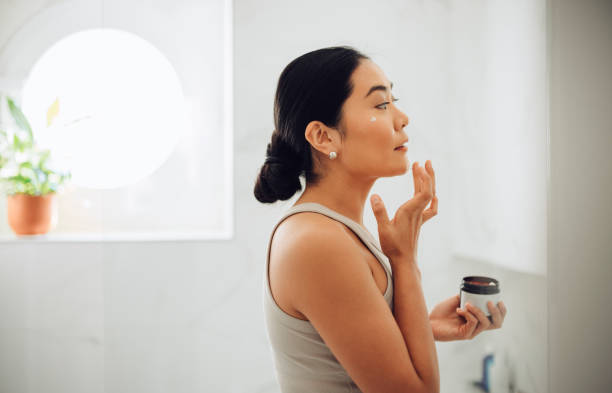
Post-Application Care
After applying a clay mask stick, you should take some steps to care for your skin. Here are some guidelines for after-application care.
Removing the Mask
When you’re ready to remove the mask, gently wash your face with lukewarm water. Avoid using hot water, as it can dry out your skin. To remove the mask, use either a washcloth or your hands. Make sure to remove all traces of the mask, as any residue can be irritating.
Aftercare and Moisturizing
After removing the mask, your skin may feel tighter. This is normal because the mask will absorb excess oil from your skin. Apply moisturizer to keep your skin hydrated. Heavy creams might clog your pores, so go for a lightweight, non-greasy moisturizer instead. We recommend using a moisturizer with jojoba oil, which can help to soothe and smooth the skin.
In addition to moisturizing, drinking plenty of water will keep your skin hydrated from the inside out. Aim for at least 8 glasses of water each day.
Following these post-application care tips can help to keep your skin looking and feeling its best.
Potential Side Effects and Precautions
When using a clay mask stick, it is critical to evaluate the potential side effects and steps to avoid any adverse reactions. Clay masks are typically safe to use, however they can induce negative effects in some people.
Irritation and Redness
Skin irritation and redness are among the most typical negative effects of applying a clay mask. The mask’s strong exfoliating qualities can strip the skin of its natural oils, causing dryness. To avoid irritation and redness, use a clay mask appropriate for your skin type and carefully follow the instructions.
Drying
Clay masks can also dry out the skin, particularly if applied too regularly or for too long. To avoid this, a clay mask should be used only once or twice a week and removed after the suggested time range.
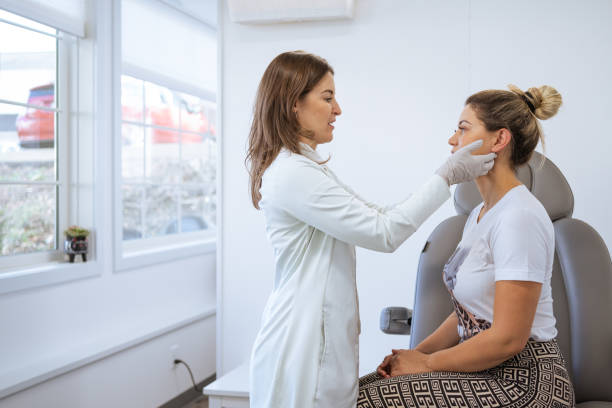
Dermatologist
If you have sensitive skin or are prone to skin disorders like eczema or rosacea, you should speak with a doctor before using a clay mask stick. They can make personalized recommendations and help you select a product that is both safe and effective for your skin type.
Finally, while clay masks can provide several skin benefits, it is critical to evaluate the potential side effects and take steps to avoid any adverse reactions. By carefully following the instructions and selecting a product that is appropriate for your skin type, you may safely and successfully incorporate a clay mask into your skincare routine.
Conclusion
When you use clay mask sticks as part of your beauty routine, it can be easy and clean to get the benefits of clay masks. These sticks usually have different kinds of clay in them, like kaolin or bentonite, which is known for its ability to clean and cleanse. By putting the clay mask stick directly on the face, you can target the area that needs it and easily control the amount that is used. The stick shape also cuts down on the need for extra tools and messy application processes. Clay masks are known to absorb excess oil, unclog pores, and promote a clearer complexion. Using a clay mask stick as part of your skin care routine is a quick and easy way to get rid of dirt and improve your skin’s general health.

